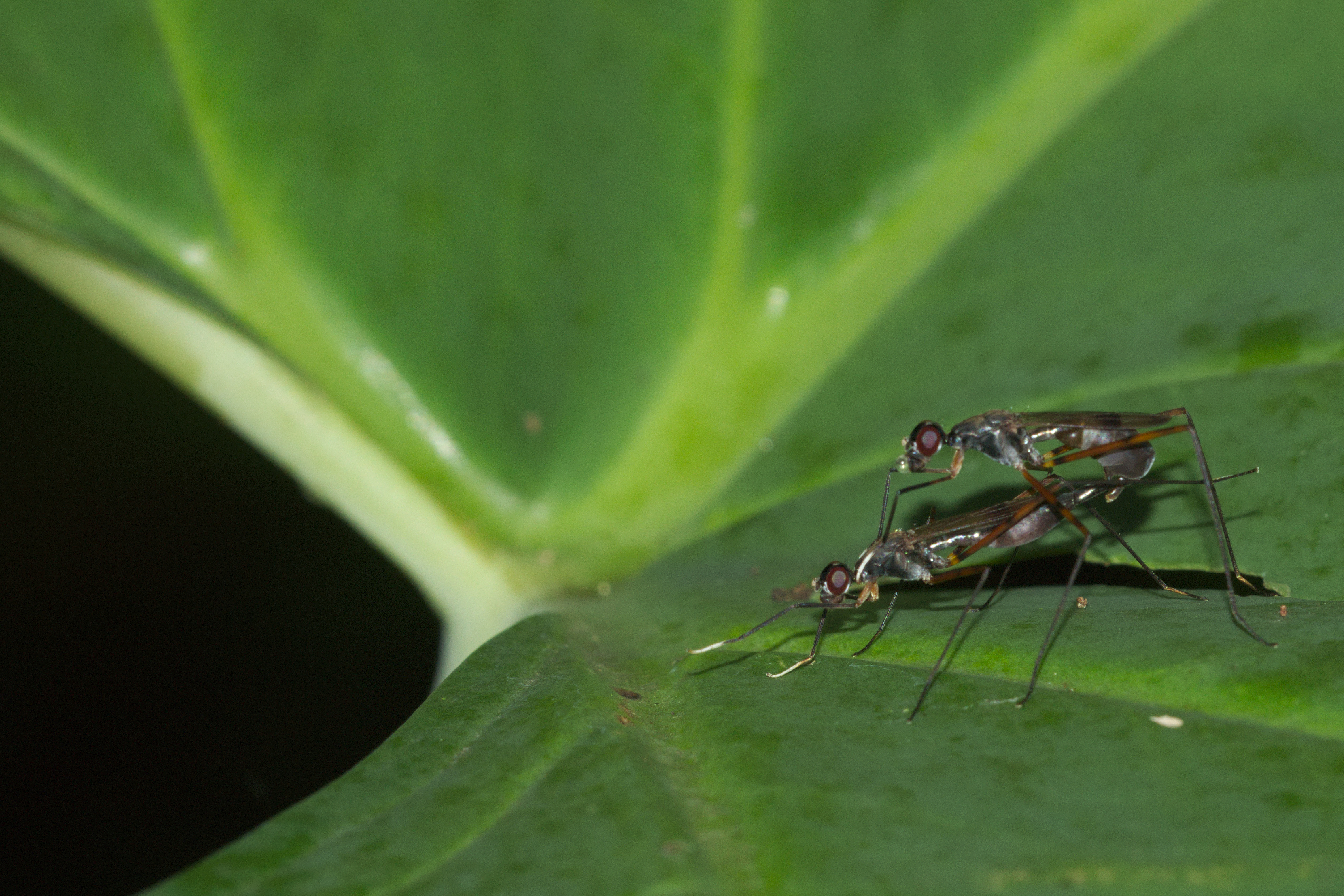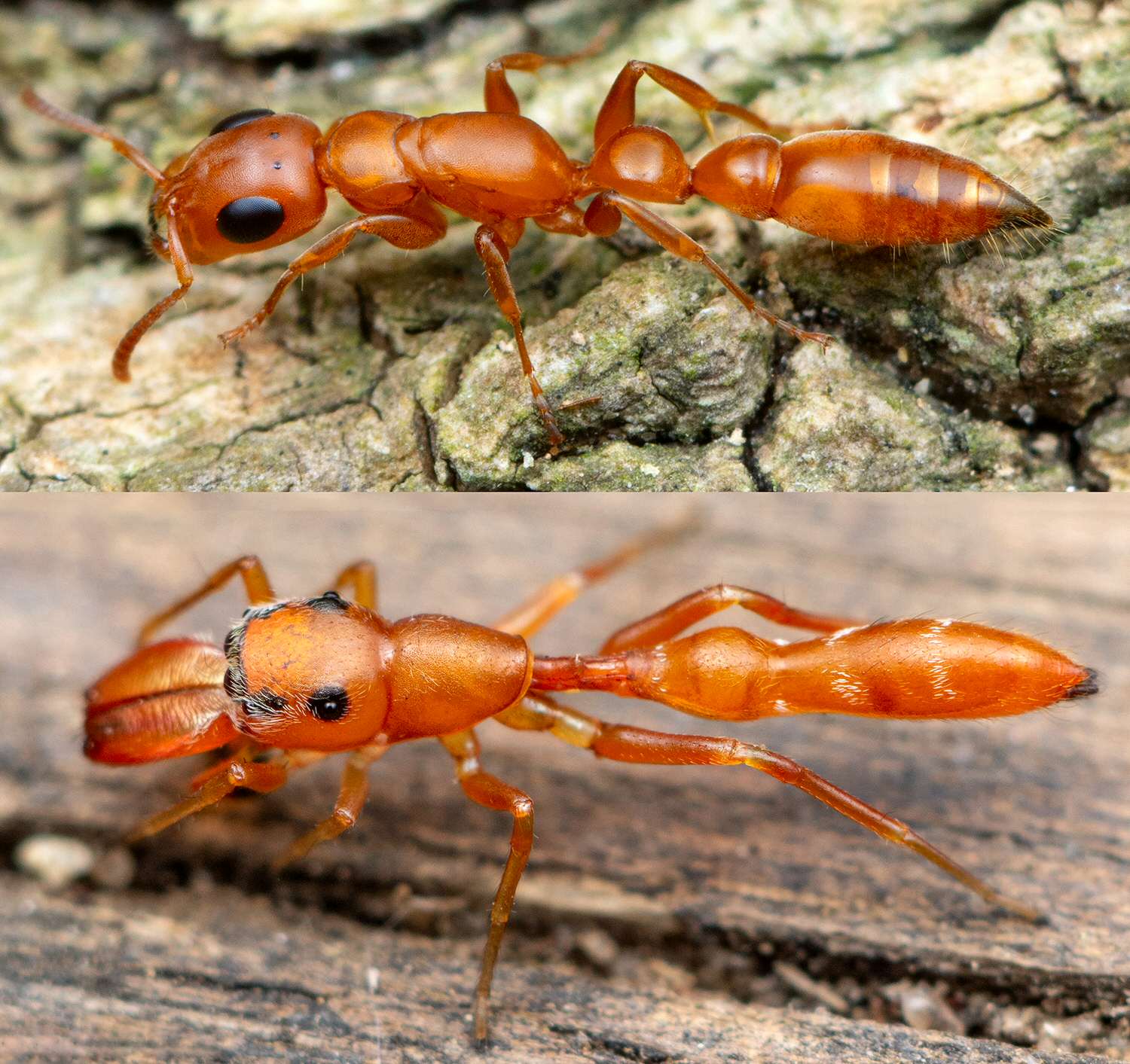|
Badisis
''Badisis'' is a Micropezidae, stilt-legged fly genus with only one known species, ''Badisis ambulans''. This is a wingless, haltere-less fly with an Ant mimicry, ant-like appearance. It is only found in the Southwest Australian bioregion of Western Australia. Dependent on the rare Albany Pitcher Plant (''Cephalotus follicularis'') for its development, this fly is also a rare species. Despite its many apomorphic features, the details of its morphology (biology), morphology suggest a close relationship to the diverse genus ''Metopochetus'', which is also in the tribe (biology), tribe Metopochetini. The fossil stilt-legged fly ''Electrobata tertiaria'' from Baltic amber of the Paleogene also shows some similarities; it may be a very basal (evolution), basal member of the Metopochetini, close to the divergence between these and the Eurybatinae. Description Apart from its lack of wings and halteres, ''B. ambulans'' has a less unusual Morphology (biology), habitus than other members o ... [...More Info...] [...Related Items...] OR: [Wikipedia] [Google] [Baidu] |
Micropezidae
The Micropezidae are a moderate-sized family of acalyptrate muscoid flies in the insect order Diptera, comprising about 500 species in about 50 genera and five subfamilies worldwide, (except New Zealand and Macquarie Island).McAlpine, D.K. (1998). Review of the Australian stilt flies (Diptera: Micropezidae) with a phylogenetic analysis of the family. ''Invertebrate Taxonomy'' 12:55–134. (with key to Australian species) They are most diverse in tropical and subtropical habitats, especially in the Neotropical Region. Insects in this family are commonly called stilt-legged flies, after their characteristically long legs. The fore legs are markedly smaller than the other pairs. Mostly, they are long-bodied, often black flies, usually with infuscated (darkened) wings. Wings are reduced in the genera '' Calycopteryx'' and entirely absent in the ant-like ''Badisis ambulans''. Description For terms see Morphology of Diptera Very slender, small to large (3–16 mm) flies, they h ... [...More Info...] [...Related Items...] OR: [Wikipedia] [Google] [Baidu] |
Albany Pitcher Plant
''Cephalotus'' ( or ; Greek: ''κεφαλή'' "head", and ''οὔς''/''ὠτός'' "ear", to describe the head of the anthers) is a genus which contains one species, ''Cephalotus follicularis'' the Albany pitcher plant, a small carnivorous pitcher plant. The pit-fall traps of the modified leaves have inspired the common names for this plant, which include 'Albany pitcher plant", "Western Australian pitcher plant", "Australian pitcher plant", or "fly-catcher plant." It is an evergreen herb that is endemic to peaty swamps in the southwestern corner of Western Australia. Description ''Cephalotus follicularis'' is a small, low growing, herbaceous species. Evergreen leaves appear from underground rhizomes, are simple with an entire leaf blade, and lie close to the ground. The insectivorous leaves are small and have the appearance of moccasins, forming the 'pitcher' of the common name. The pitchers develop a dark red colour in high light levels but stay green in shadier conditions. ... [...More Info...] [...Related Items...] OR: [Wikipedia] [Google] [Baidu] |
Ant Mimicry
Ant mimicry or myrmecomorphy is mimicry of ants by other organisms. Ants are abundant all over the world, and potential predators that rely on vision to identify their prey, such as birds and wasps, normally avoid them, because they are either unpalatable or aggressive. Spiders are the most common ant mimics. Additionally, some arthropods mimic ants to escape predation (protective mimicry), while others mimic ants anatomically and behaviourally to hunt ants in aggressive mimicry. Ant mimicry has existed almost as long as ants themselves; the earliest ant mimics in the fossil record appear in the mid Cretaceous alongside the earliest ants. Indeed one of the earliest, ''Burmomyrma'', was initially classified as an ant. In Wasmannian mimicry, mimic and model live commensally together; in the case of ants, the model is an inquiline in the ants' nest. Wasmannian mimics may also be Batesian or aggressive mimics. To simulate ants' powerful defences, mimics may imitate ants chemically w ... [...More Info...] [...Related Items...] OR: [Wikipedia] [Google] [Baidu] |


